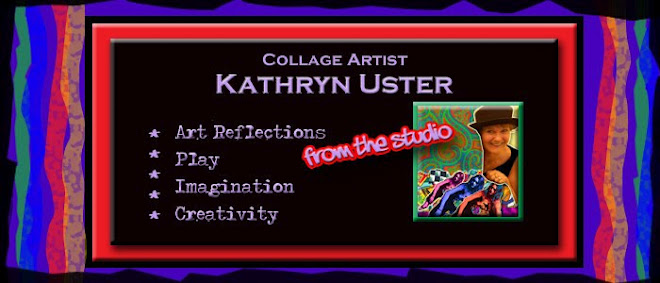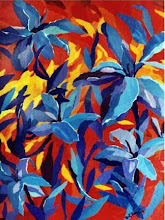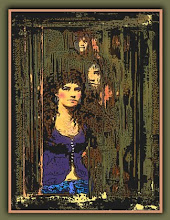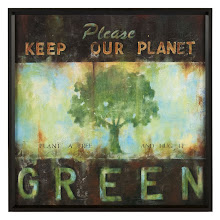
Well, spending a week with my new book on the life of Suzanne Valadon, it has been the most wonderful, historical and enlightening time that I've spent in a while. So sorry I haven't posted, but I can't tell you how the late 1800's, turn of the century and WWI came alive through this writer, who really researched this first Bohemian woman artist. I had scanned two books on the artist, deciding which to purchase. One seemed too romanticized and novel-ish and I wanted a more factual researched based piece. Well, I was not disappointed with June Ross, "The Mistress of Montmarte". I was taken away with it to a time and place when the Impressionists, the Fauves, and Modernists made the scene in France. This was a woman with no fear, no self-consciousness about her modeling, her body, her art, or the way she chose to live her life; much of her life being a struggle with a problem son, an aging mother, illness, two marriages, exhibiting and selling, WWI, but you never get a hint that she was unhappy. She lived her life the way she chose to. She had "moxie". Although not the "mothering" type, nor the stay at home wife, the child was left in the care of the grandmother, but Suzanne was the sole support of the little troupe before her first marriage and after it hit bottom. She longed to be free. She was the model for many works we take for granted by Degas ad Lautrec and others.
If you enjoy history from that era, it gives a wonderful account of some of the great artists we read so much about, yet their struggles are no different than artists today. The book has many of her drawings and paintings. The village of Montmarte, France comes alive, and it made me think back to the '60's in the East Village of NYC where I had lived- beatnicks, bohemians, hippies, artists, poets, writers, musicians, and realized how these artist communities or "pockets" pop up, thrive and evolve. But I also saw that Valadon created her own style with no formal training, and I feel she heralded in the Fauve's technique in her drawing and painting styles, more so than the Impressionists and others she befriended. The Fauve movement, my favorite, for color and outline came alive for me, (and although many feel Van Gogh an Impressionist, he is hardly mentionable in this book. I always considered him to be more a "Fauve" than an Impressionist.)
With the reading, one is opened to the history, the styles and techniques of the time period, and the development of Modern Expressionism and Futurism at the turn of the century in a no nonsense manner. I highly recommend the book!



























